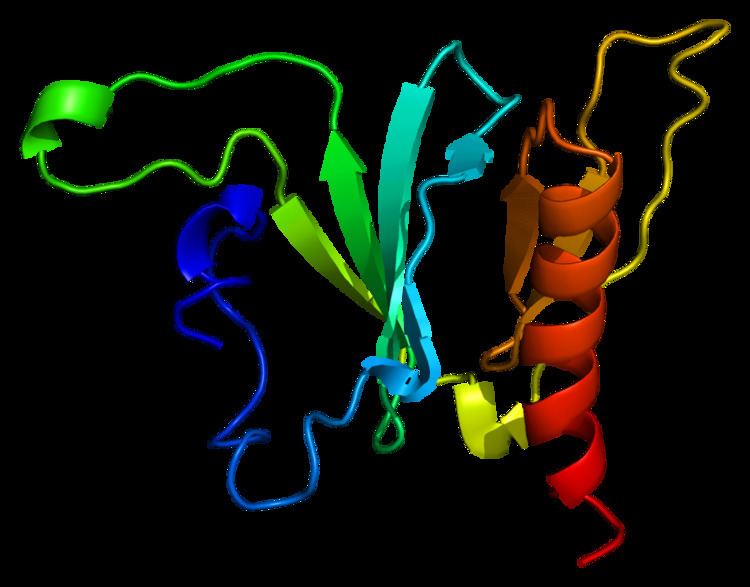Entrez 6654 | Ensembl ENSG00000115904 | |
 | ||
External IDs OMIM: 182530 MGI: 98354 HomoloGene: 4117 GeneCards: SOS1 | ||
Function
RAS genes (e.g., MIM 190020) encode membrane-bound guanine nucleotide-binding proteins that function in the transduction of signals that control cell growth and differentiation. Binding of GTP activates RAS proteins, and subsequent hydrolysis of the bound GTP to GDP and phosphate inactivates signaling by these proteins. GTP binding can be catalyzed by guanine nucleotide exchange factors for RAS, and GTP hydrolysis can be accelerated by GTPase-activating proteins (GAPs). The first exchange factor to be identified for RAS was the S. cerevisiae CDC25 gene product. Genetic analysis indicated that CDC25 is essential for activation of RAS proteins. In Drosophila, the protein encoded by the 'son of sevenless' gene (Sos) contains a domain that shows sequence similarity with the catalytic domain of CDC25. Sos may act as a positive regulator of RAS by promoting guanine nucleotide exchange.[supplied by OMIM]
Clinical significance
Recent studies also show that mutations in Sos1 can cause Noonan syndrome and hereditary gingival fibromatosis type 1. Noonan syndrome has also been shown to be caused by mutations in KRAS and PTPN11 genes. activators of the MAP kinase pathway.
Interactions
SOS1 has been shown to interact with:
